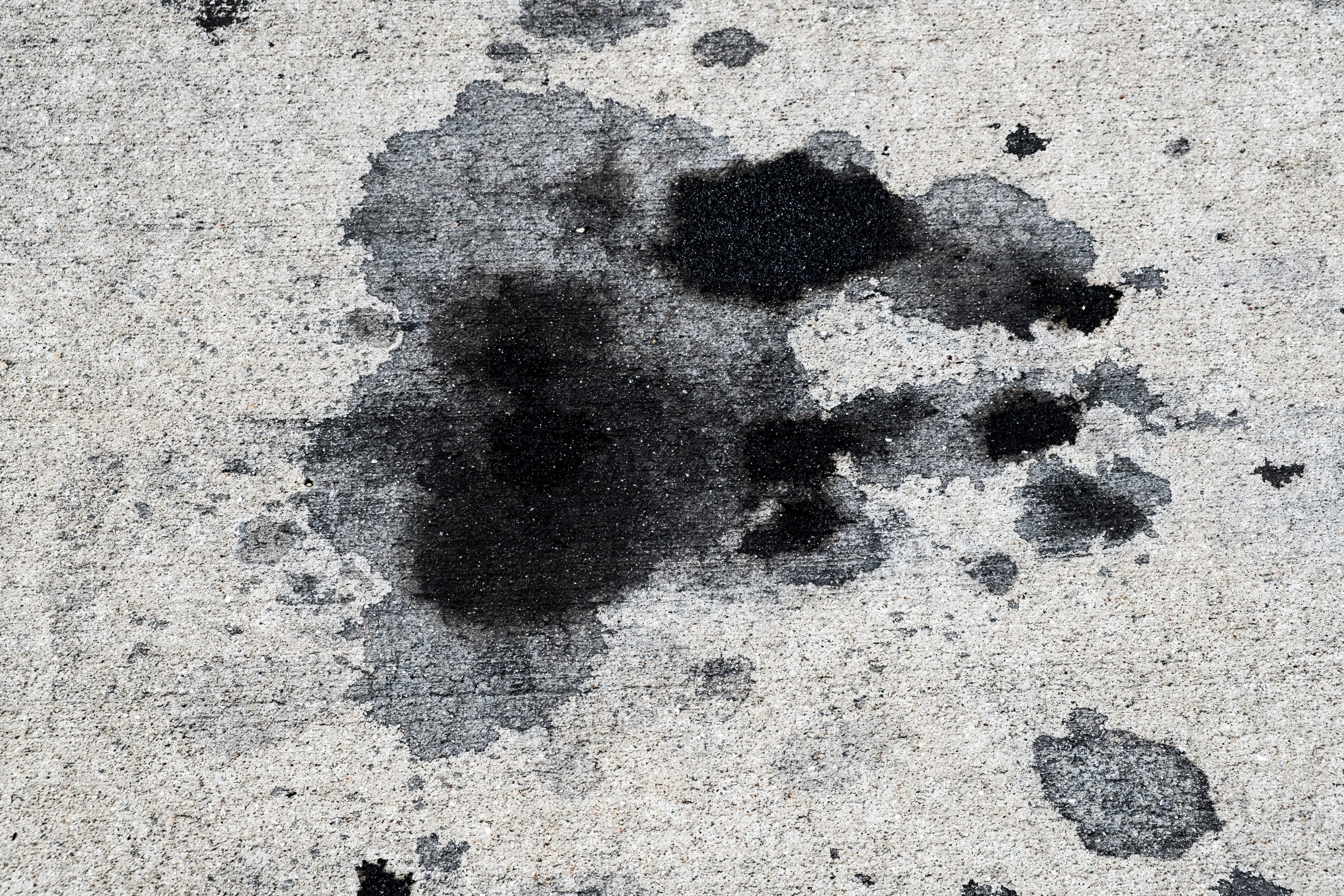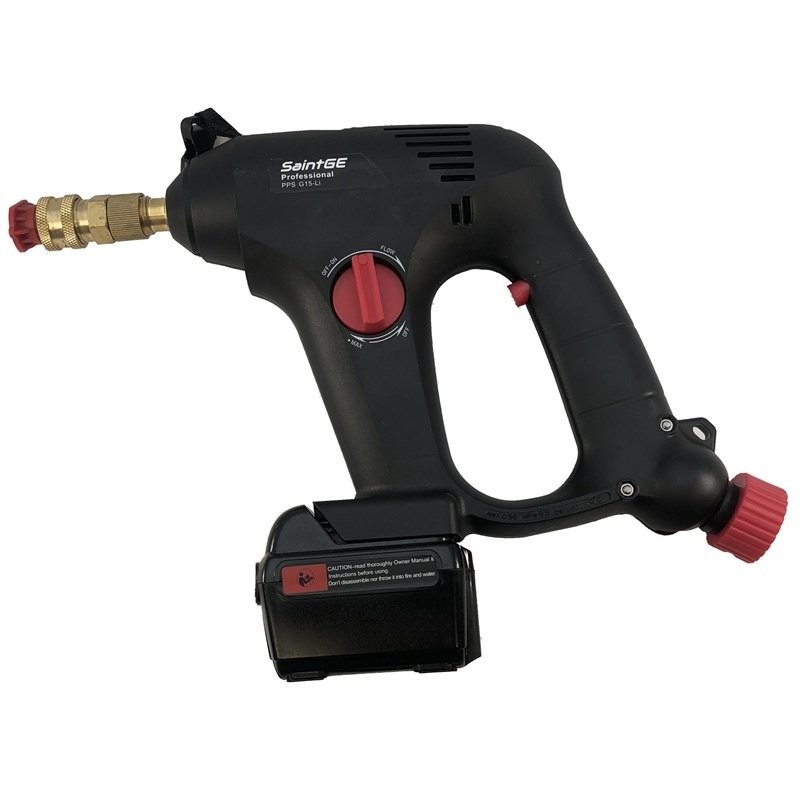How to Remove Grease Stains from Concrete

Grease and oil are made from organic materials. Therefore, on the pH scale, you need an alkaline (base) to remove these stains because bases break down organic material. Not only that, when a strong base is mixed with fat, the fat turns to soap. This process is known as “saponification.” After the saponification process, the product you are removing actually now helps in the cleaning process.
Not all surfaces can handle a strong alkaline product though, so you need to be careful. You won’t want to use a product with a high pH on soft stone surfaces such as limestone or marble. Because bases break down organic matter, they are dangerous. They can break down skin, eyes, and even bone – so the proper PPE is important when using a strong alkaline product.
The Importance of Pre-Treating Grease and Oil Stains
Before attempting to remove grease or oil stains, pre-treating with a degreaser like EnviroBio Cleaner (EBC) is essential. EBC is a water-based, environmentally-friendly multi-purpose liquid concentrate degreasure that literally breaks down the molecular bonds which holds oils together.
Pre-treating stains allows the degreasers like EBC time to start working on the saponification process. Pre-treating ane allowing the degreaser time to work will save you time, effort, and product in the end.
Below are instructions for pre-treating different types of grease and oil stains.
Heavy Stain Removal
1. Apply your degreasaer liberally (to the point of puddling) using a sprayer, like the ProTool Power Sprayer, one of the most versatile and easy-to-use sprayers on the market, to areas where you have heavy stains.
2. Allow the EBC to dwell until it is almost completely evaporated.
3. Agitate the pre-treated area vigorously with a push broom or brush. This will help your degreaser be more effective and open up the concrete’s pores so the degreaser can get deep down. You want to agitate to the point that you’re creating suds.
4. Watch the color of the suds. The suds will help you know whether or not to proceed with cleaning, or if you need to apply the degreaser again. You want your suds to be a light chocolate milk color. If your suds turn a deep, dark brown color, then you know your degreaser is working, but also that you are dealing with some really heave grease and need to reapply your degreaser for a second round of pre-treatment using your sprayer.
5. Rinse and Repeat as needed. If you need to repeat, this time you should only require enough degreaser to get the surface wet, but not create puddles. Remember to let it dwell, then agitate again.
6. Once you are satisfied, follow the instructions under the "General Cleaning" section below.
Heavy-Duty Cleaning
These are the instructions for cleaning things like dumpster pads, drive-thru windows, garages, and heavily soiled concrete surfaces.
- Mix 1 part EBC to 5 parts water.
- Spray over the entire surface to be cleaned using an X-Jet Nozzle or by downstreaming.
- Allow the mixture to sit for 5 minutes.
- Wash using a wand or surface cleaner, then rinse.
General Cleaning
These are the instructions for cleaning things like sidewalks, store entrances, house or building washes, paver and patio cleaning, driveway cleaning, etc.
- Mix 32 ounces EBC to 5 parts water.
- Spray over the entire surface to be cleaned using an X-Jet Nozzle or by downstreaming.
- Let it sit for 3 minutes.
- wash using a wand or surface cleaner, then rinse.




